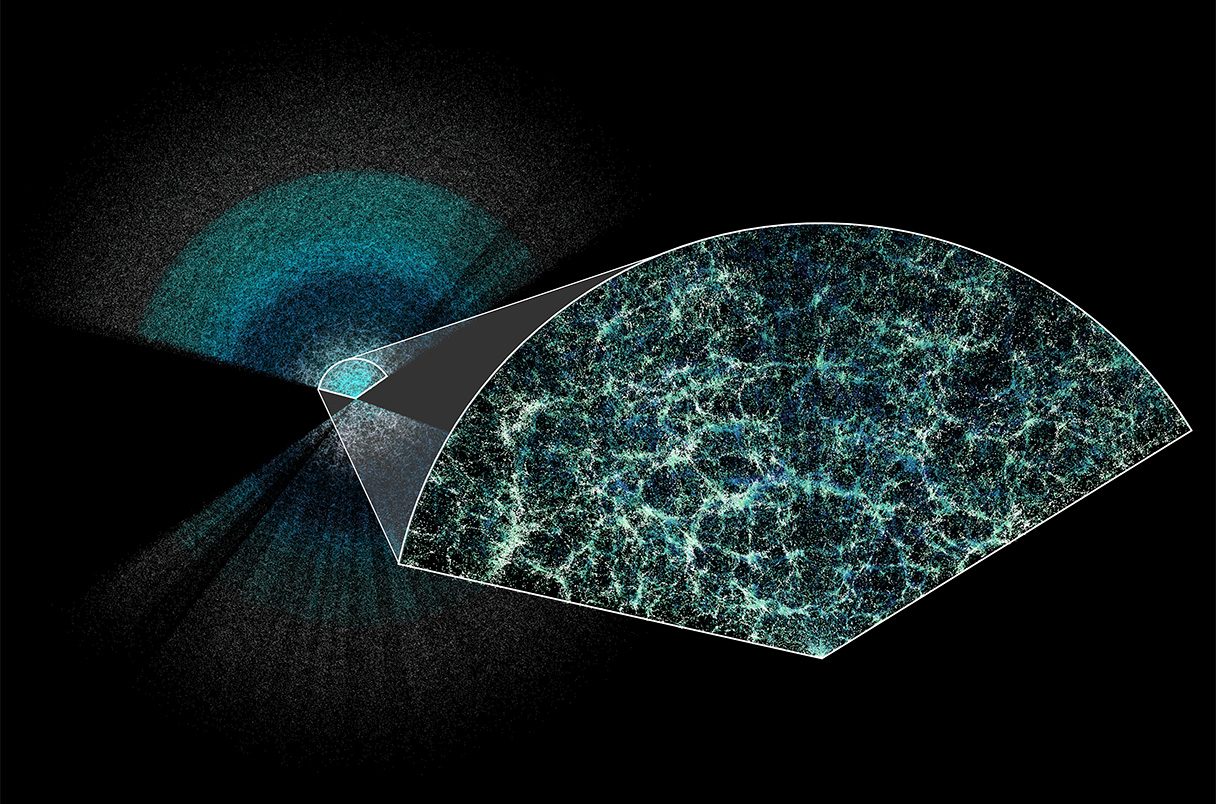Mini-lens technology is revolutionizing the way we interact with consumer electronics, ushering in a new era of optics innovation. This groundbreaking advancement stems from metasurfaces—a design that utilizes a series of tiny pillars to manipulate light on a micro-scale, making lenses significantly smaller and more efficient. Companies like Metalenz are at the forefront, producing millions of these mini-lenses that are already installed in popular devices such as the iPad and Samsung Galaxy S23 Ultra. By leveraging polarization technology, these tiny optical components promise to improve not only the performance but also the functionality of everyday electronics. The shift towards mini-lens technology signifies a critical leap forward in the ongoing quest for smarter, sleeker consumer products.
The emergence of miniature lens systems represents a pivotal advancement in optical engineering, fundamentally altering how light is manipulated in digital devices. Known as micro-optics or sub-wavelength optics, these innovative solutions utilize compact metasurfaces to refocus light more efficiently than traditional lens systems. Pioneering companies like Metalenz are harnessing these technologies, which incorporate sophisticated polarization mechanisms for enhanced imaging and sensing capabilities. As a result, the integration of these miniaturized lenses in consumer electronics is set to reshape industries by paving the way for more advanced features and improved device designs. With the global demand for sleek, feature-rich gadgets rising, the role of mini-lens technology in fulfilling this demand is becoming increasingly significant.
Introduction to Mini-Lens Technology and Metalenz
Mini-lens technology marks a significant advancement in the realm of optics innovation, heralding a new era for consumer electronics. Developed from meticulous experiments with metasurfaces, these innovative lenses are crafted to focus light more efficiently than their conventional counterparts. By utilizing a series of tiny pillars on a thin wafer, mini-lenses are not only minuscule but also cost-effective, enabling mass production on semiconductor chip scales. This remarkable convergence of precision and compact design is driving a transformation in how optical systems are integrated into electronic devices.
The commercialization of mini-lens technology is exemplified by the strides taken by Metalenz, a startup emerging from cutting-edge research at Harvard. With exclusive access to the inventive prowess of high-profile researchers, including that of Federico Capasso, Metalenz has escalated the production of these metasurfaces to the tens of millions. As they find their way into mainstream consumer products—from smartphones to tablets—these devices signal a departure from traditional optics paradigms, demonstrating the viability of sleek, functional lenses that challenge the bulkiness of glass and plastic alternatives.
Frequently Asked Questions
What is mini-lens technology and how does it work?
Mini-lens technology, particularly in the context of metasurfaces, utilizes a series of microscopic pillars on a thin wafer to bend light, allowing for compact and efficient lensing capabilities. This technology enables the creation of lighter, slimmer lenses that are crucial in modern consumer electronics.
What are metasurfaces and how do they relate to mini-lens technology?
Metasurfaces are engineered surfaces consisting of numerous tiny structures that manipulate light in sophisticated ways. In mini-lens technology, metasurfaces serve as the foundation, allowing devices to focus light without the bulk of traditional lenses, thus contributing to the miniaturization of consumer electronics.
How is mini-lens technology being used in consumer electronics?
Mini-lens technology, specifically through metasurfaces, is currently employed in various consumer electronic devices like smartphones and tablets, enhancing functionalities such as 3D sensing, facial recognition, and augmented reality, by providing better light manipulation in a smaller form factor.
What advancements have been made with mini-lens technology in imaging applications?
Advancements in mini-lens technology have revolutionized imaging applications by enabling devices to capture complex image data in a compact size; for instance, Metalenz’s metalens has made significant contributions to 3D sensing technologies and can assist in enhancing visual camera performance.
What benefits does polarization technology bring to mini-lens systems?
Polarization technology can enhance mini-lens systems by adding an extra layer of security, as seen with Metalenz’s Polar ID product. This feature allows for unique identification through light polarization, which can also be utilized in medical diagnostics and environmental monitoring.
How does Metalenz’s mini-lens technology compare to traditional lens manufacturing?
Metalenz’s mini-lens technology presents a groundbreaking alternative to traditional lens manufacturing by offering a much smaller form factor, ease of mass production, and cost-effectiveness, disrupting the market that typically relies on bulky glass or plastic lenses.
What is the future of mini-lens technology in optics innovation?
The future of mini-lens technology in optics innovation is promising, with ongoing research focused on enhancing existing products and developing new applications such as Polar ID, which could lead to new industries and functionalities in consumer electronics and beyond.
Can mini-lens technology be used for applications beyond consumer electronics?
Yes, mini-lens technology has potential applications beyond consumer electronics, including medical imaging, air quality monitoring, and other specialized fields that require precise light manipulation and size reduction, showcasing its versatility and transformative capabilities.
What impact has mini-lens technology had on device design?
The impact of mini-lens technology on device design has been profound, allowing for slimmer profiles and more integrated components in devices, which facilitates innovative product designs and enhances user experience in modern electronics.
What role does Harvard’s Capasso lab play in the development of mini-lens technology?
Harvard’s Capasso lab has been instrumental in the development of mini-lens technology, led by Federico Capasso, with breakthroughs in metasurfaces enabling efficient light control, contributing significantly to the commercialization efforts of startups like Metalenz.
| Key Point | Details |
|---|---|
| Development of Mini-Lens | Rob Devlin developed mini-lenses at Harvard, which are now in mass production for consumer electronics. |
| Company Founding | Metalenz was founded in 2016 to commercialize the metasurfaces initially developed in Federico Capasso’s lab at Harvard. |
| Production Milestones | Metalenz has produced approximately 100 million mini-lenses for devices like iPads and smartphones. |
| Disruptive Technology | The new mini-lens technology disrupts traditional lens manufacturing, allowing for thinner, cost-effective solutions. |
| Partnership with STMicroelectronics | In 2021, Metalenz partnered with STMicroelectronics to use its metasurfaces in 3D sensing technologies. |
| Future Innovations | Metalenz is developing Polar ID, a low-cost polarimetric solution for enhanced security in devices. |
Summary
Mini-lens technology has revolutionized the optics industry by providing compact, cost-effective alternatives to traditional lens systems. This innovative approach utilizes metasurfaces to manipulate light in unprecedented ways, making it possible to produce millions of units for consumer electronics efficiently. The journey from a Harvard lab to commercial success exemplifies the potential of university-driven technology to disrupt existing markets. With ongoing developments like Polar ID, mini-lens technology is set to enhance device capabilities while ensuring affordability and accessibility in security applications.




